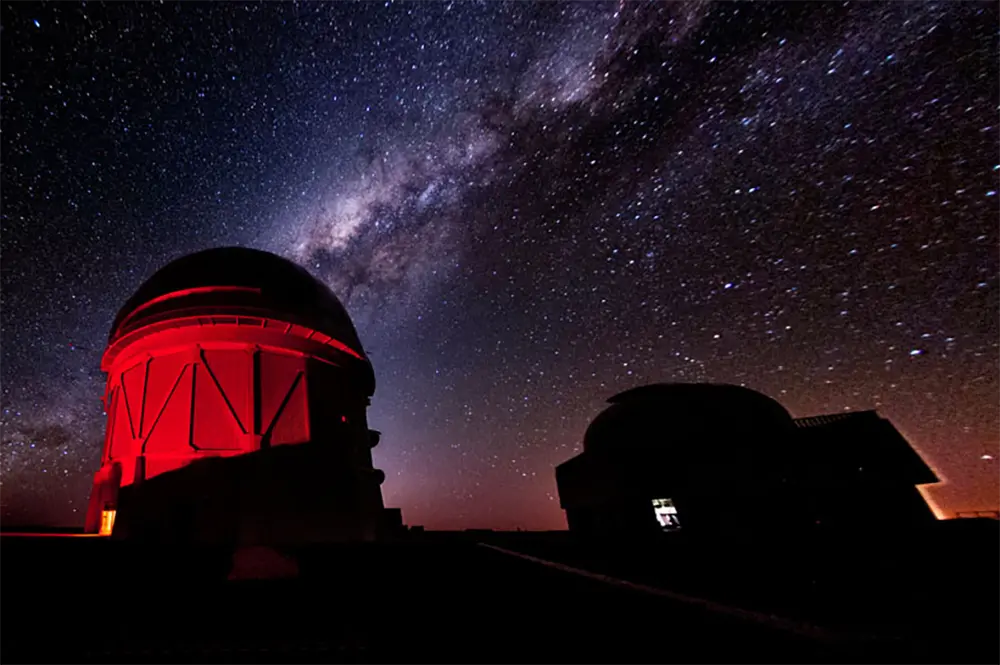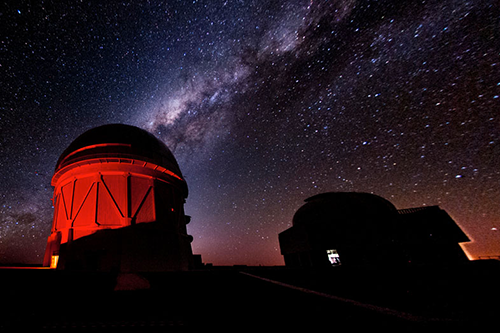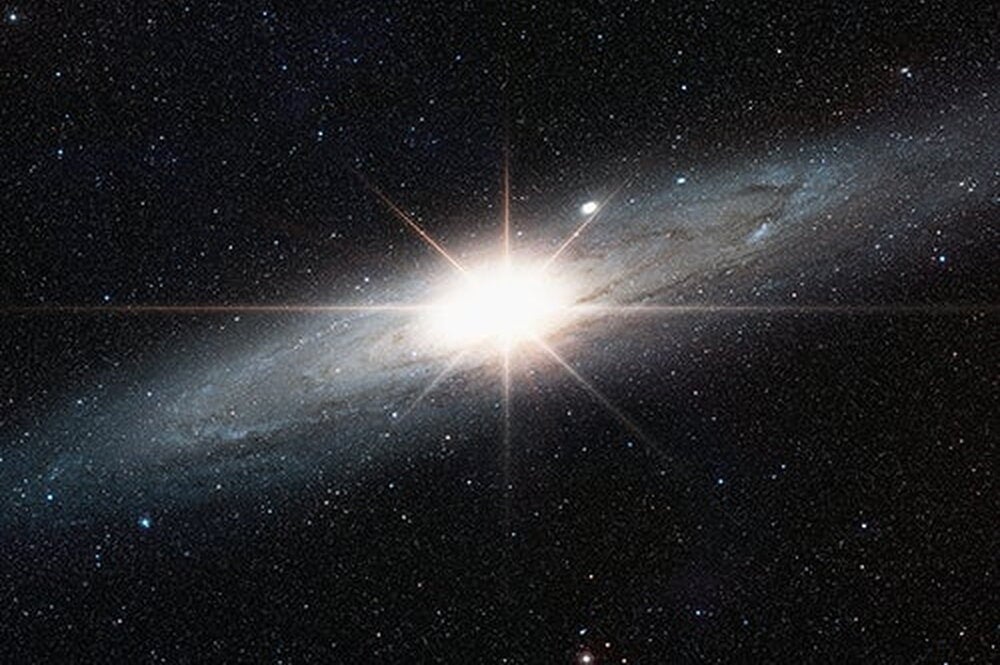

For the past six years, the Department of Astronomy and the National Center for Supercomputing Applications (NCSA) at the University of Illinois have been closely involved with one of the most sensitive and comprehensive surveys of distant galaxies ever performed. Now that the survey is complete, they will analyze the vast amounts of data that’s been collected to better understand our universe.
In January, the Dark Energy Survey (DES) stopped collecting data after scanning a quarter of the southern skies and cataloguing hundreds of millions of distant galaxies. Now, astronomers anticipate that they will continue to refine this data for use by scientists into 2021.
“DES is leading the way for data science intensive research at Illinois,” said Leslie Looney, chair of the Department of Astronomy. “This is really the beginning of a new revolution in astronomy— using a large amount of data to do fundamental astronomical science. We are developing new techniques that better utilize state-of-the-art computer science methods to analyze galaxies, stars, and many other types of objects.”
The survey is an international collaboration that began mapping a 5,000-square-degree area of the sky on August 18, 2013, to search for evidence of dark energy, the mysterious force that is accelerating the expansion of the universe.
Using the Dark Energy Camera, a 520-megapixel digital camera mounted on the Blanco 4-meter telescope at the Cerro Tololo Inter-American Observatory in Chile, scientists on DES took data for 758 nights over six years.
Over those nights, the survey generated 50 terabytes (that’s 50 trillion bytes) of data over its six observation seasons. That data is stored and analyzed at NCSA. Compute power for the project comes from NCSA's NSF-funded Blue Waters supercomputer, the University of Illinois Campus Cluster, and Fermilab.
"Even after observations end, NCSA will continue to support the science productivity of the collaboration by making refined data releases and serving the data well into the 2020s," said Don Petravick, senior project manager of the DES at NCSA. "We anticipate that this data will continue to enable breakthroughs in scientific applications and opportunities for discovery not only to astronomers but also data scientists."
DES recorded data from nearly a billion galaxies that are billions of light-years from Earth. More than 400 scientists from over 25 institutions around the world have been involved in the project. This collaboration has already produced about 200 academic papers, with more to come. For example, astronomy professors Yue Shen and Xin Liu have used DES observations for significant discoveries.
“Using DES light curves of a large sample of quasars (galaxies with very bright center regions), Yue Shen and his students have studied a rare population of objects that show extreme variability over decade timescales that help them understand the complex accretion processes of the rapidly growing supermassive black holes in their centers,” Looney said.
Meanwhile, Liu has used DES resources to find evidence of a galaxy with a very close binary supermassive black hole in its center, formed from an early merger of two galaxies.
“This result suggests that such objects are more common than we thought, and that some of them should be detected by upcoming gravitational wave space observations,” Looney said.
Additionally, DES scientists also spotted the first visible counterpart of gravitational waves ever detected, a collision of neutron stars that occurred 130 million years ago. DES was one of several sky surveys that detected this gravitational wave source, opening the door to a new kind of astronomy. Other notable accomplishments include the discovery of many more dwarf satellite galaxies orbiting our Milky Way than originally thought, the creation of the most accurate dark matter map of the universe, and the spotting of the most distant supernova ever detected.
Though this particular project has ended, this won’t be the end of in-depth observations of the distant universes beyond. Astronomers are looking forward to the Large Synoptic Survey Telescope (LSST) project, which is considered a successor to the DES. It will use a 8.4-meter telescope and 3-gigapixel camera to produce a wide-field astronomical survey of the universe.
“The LSST seeks to answer some of the most challenging unsolved problems in modern cosmology, including the nature of dark energy and dark matter," said Athol Kemball, professor of astronomy, who led and coordinated the U of I role in raising operations funds for LSST through 2032, and who recently served on the DES governance council for several years. "LSST will also catalog the solar system and Milky Way galaxy with unprecedented sensitivity. It will study the time-varying dynamic sky in detail including a search for asteroids that are potentially hazardous to Earth."
He added: “The telescope is the canonical big-data telescope for the next decade, and U of I and NCSA will be the LSST data facility. It will tie closely to modern research in data science, computing and informatics, astronomy, and physics as a partnership between NCSA and campus. It poses leading-edge research challenges that are well-matched to the strong interdisciplinary nature of scholarship at U of I.”
“DES is proving to the astronomical community the importance of large data science astronomy, and the future is even brighter,” Looney said.


